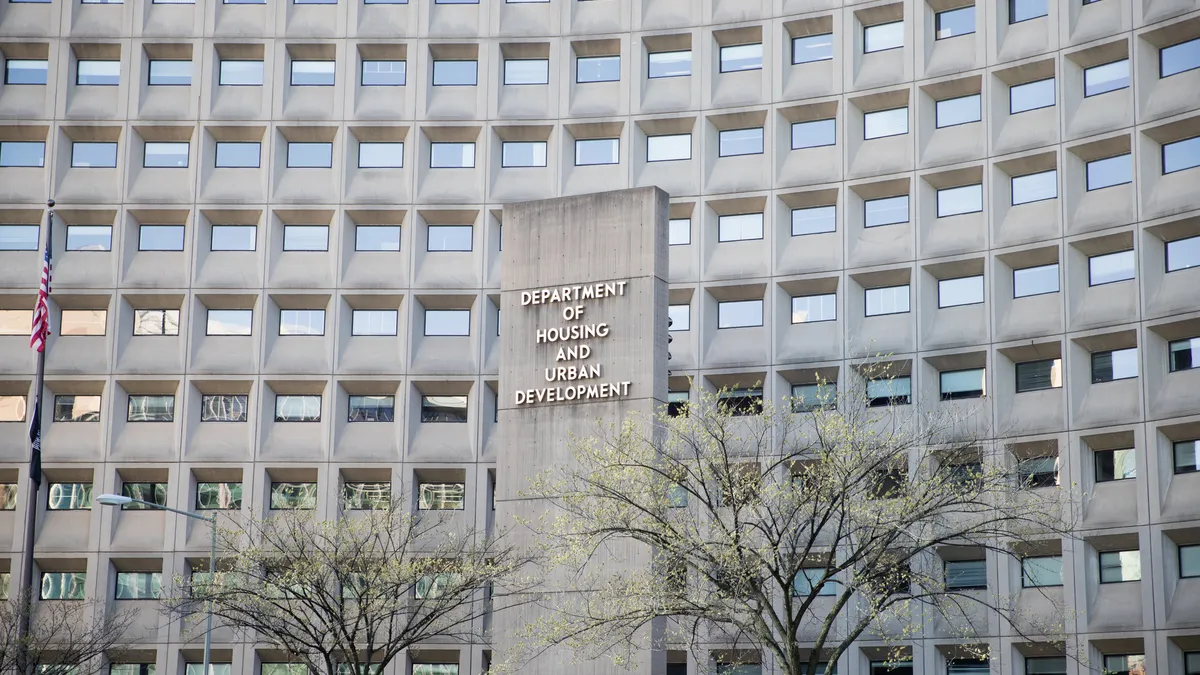Dive Brief:
- Asking rents fell 0.59% for new leases from October to November. Rent reductions are very common in the fall and winter, but this year’s month-over-month movement goes beyond any normal seasonality, according to the latest rent report by RealPage.
- The last three months have marked the highest cumulative rent reduction for any three-month period since 2010, with the exception of the lockdown period in the spring of 2020.
- While occupancy remains high, the ratio of apartments leased has fallen more than two percentage points over the last year. Leasing traffic has plummeted, while renter turnover does not appear to be a significant issue. November 2022 ranks weakest for new residents out of any November in the last eight years.
Dive Insight:
At the national level, year-over-year rent growth has fallen to the lowest level since June 2021 at 6.5%. At the same time, YOY rent growth has fallen into the single digits in the vast majority of major metros — 129 out of 150.
“There is very little net new demand for any type of housing right now, despite strong growth in jobs and wages,” said Jay Parsons, head of economics and industry principals at RealPage, in the report. “We’ve never before seen new-lease apartment demand freeze up during a period of solid job gains like it has this year.”
At this rate, 2022 could end with the weakest net apartment demand since 2009, given a combination of weak household formation and low consumer confidence, Parsons said.
Out of the largest markets, major tech destinations and Southwest metros have seen some of the sharpest rent cuts, including San Jose, San Francisco and Oakland, California.
Phoenix and Las Vegas have had the largest declines in occupancy YOY — down about 400 basis points each — and the smallest YOY rent growth, under 1%. Carl Whitaker, director of research and analysis at RealPage, said in the report that Phoenix and Las Vegas will be the first major markets in this cycle to see rents drop on a YOY basis.
Across all markets, Walton Beach, Florida, and Boise, Idaho, had the steepest month-to-month rent cuts at about 2%. While both markets are still slightly positive YOY, two markets saw YOY declines: Honolulu, Hawaii, and Vallejo/Fairfield/Napa, California.
Markets that have held stronger than others include Miami and Orlando, Florida; Midwest markets including Kansas City, Missouri; New York City; and Dallas/Fort Worth.
Still, RealPage anticipates more rent cuts in the coming months. Cuts are common in December — often followed by flat-to-slight growth in January and February, ahead of the traditional leasing season — but given the current demand trajectory, cuts may be deeper than usual.
It remains to be seen whether prices will rise as usual when the leasing season begins in March and April. RealPage anticipates that the hot labor market will spur rent growth at about this time, presuming that the job market remains strong and inflation falls back.
“Remember we’ve never before seen a period like 2022 where job growth and wage growth are robust, but demand for all types of housing is weak,” Parsons said. “But we’ll see.”









